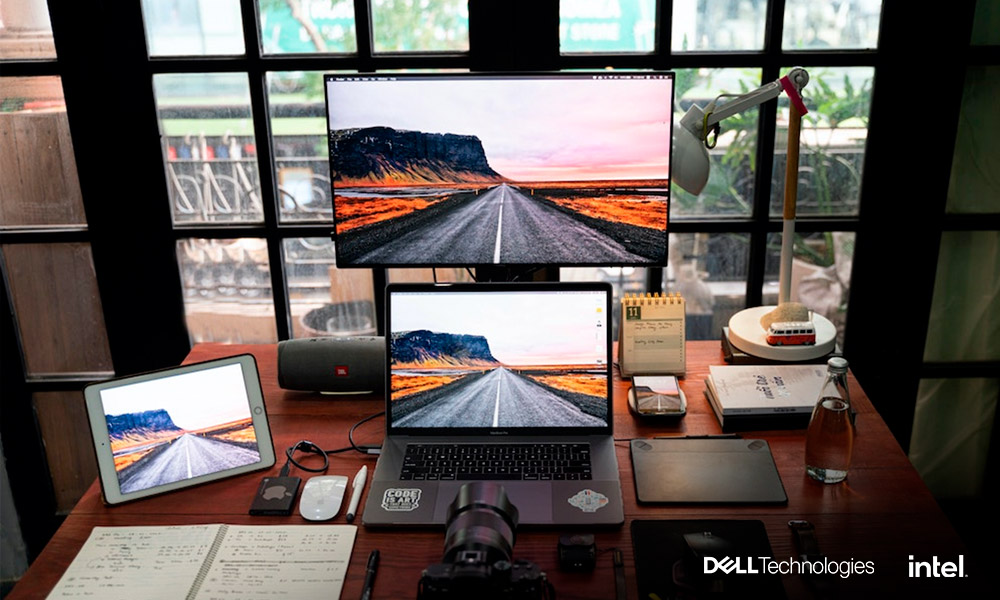
2020 was the year that millions of professionals around the world had to learn to work remotely. Teleworking, which until then had occupied a residual place, became an obligatory trend. Two years later, employees have discovered that they are as or more productive at home than at the office; but at the same time that the office is not a space that they are willing to give up completely. New hybrid ways of working are therefore imposed and it does not seem that, at least in the medium term, there will be a going back.
In this context, in which companies have been forced to almost completely reinvent themselves, Dell Technologies has commissioned Forrester to develop a comprehensive study to determine how the way of working is changing and how companies are adapting to change. How are companies adapting to make remote work sustainable? What is the future role of the office? What kinds of technologies do employees need to stay productive when working from different locations?
At study, developed in April 2021, more than 300 business leaders from Europe and the United States have participated and reaches some very interesting conclusions of what this new normality that we are only now beginning to see in many companies will mean. Some of the main ones are the following:
New workspaces for the new normal
Organizations are designing new spaces to adapt to the needs of workers who no longer spend as much time in the office and, in fact, have turned their homes into an extension of it.
In this sense, the Forrester report reveals that 87% of companies want to redesign physical offices to adapt to new work models. Some have already implemented new working models, with 34% of organizations taking advantage of coworking spaces to better support their hybrid workforces.
It is necessary to invest in more technology
In this reorganization of workspaces, one of the trends that has emerged with more force is that of hot-desking, which means that the positions are not assigned and the employee, when he decides to go to the office, can work from anywhere .
This vision of the hybrid workspace, which up to 41% of the companies surveyed defend and which is expected to grow substantially over the next 12 months, however collides with the lack of technology available to make it a reality .
And it is that although 71% of workers support this vision, they encounter the problem that this model lacks external monitors that complement their work with the laptop. Forrester currently estimates that only 35% of these positions have one.
Monitors and productivity
The Forrester study also shows that having external monitors both in the office and at home results in greater productivity.
In this sense, 56% of employees say that when they work from home, having large monitors or a dual monitor configuration helps them be productive. This shows the importance of equipping employees’ workstations at home with the right monitors so they can get the job done.
The study finally reveals that up to a third of the world’s workforce will work in these hybrid scenarios throughout 2022. Having the technology that makes it possible both at home and in shared workspaces, is why so vital for companies to remain competitive. If you want to know more data from this study and consult the conclusions in more depth, You can download it here completely free of charge. Do not miss it!



